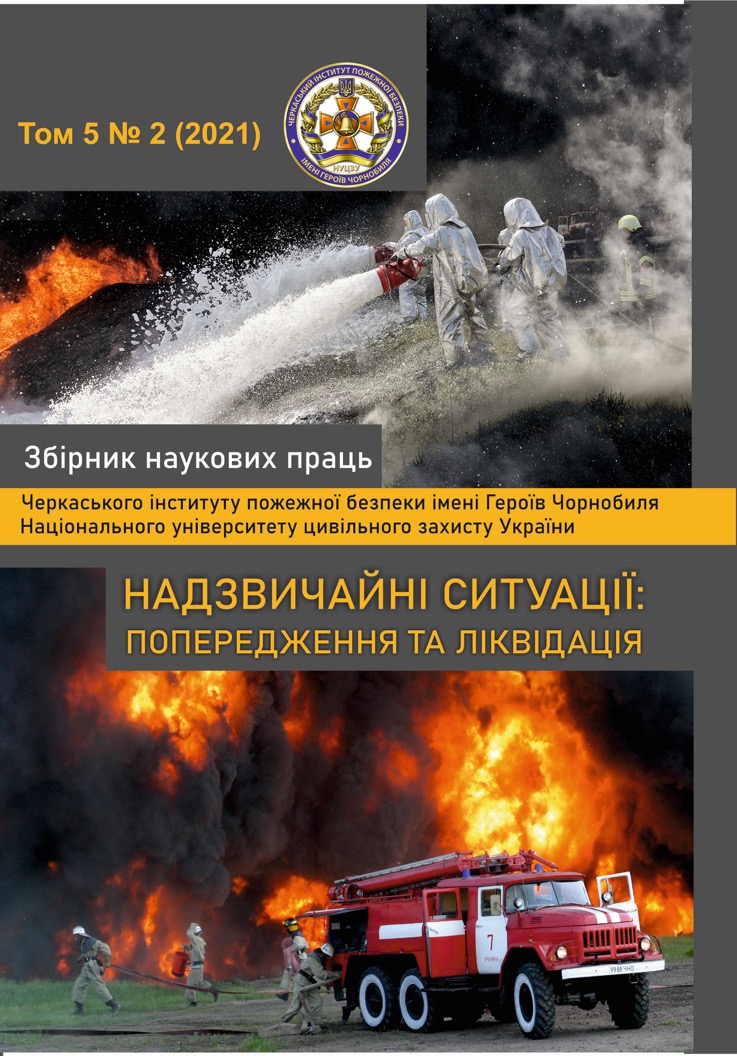Evacuation signs with luminescent coatings based on SYLGARD-184 elastomer
Abstract
The multilayer structure of coatings as well as promising materials for the creation of luminescent sign evacuation systems, signal elements of firefighters' combat clothing and their equipment are considered. The advantages and disadvantages of the existing luminescent coatings with long afterglow are considered in detail. It is shown that it is possible to reduce the thickness of the coatings and decrease the number of layers by combining several functions by separate layers.
It has been shown that a promising polymer base for such coatings is the Sylgard-184 silicone elastomer. The optimal luminescent additive for the phosphorescent layer is the SrAl2O4:Eu,Dy powder, and the filler for the reflective layers is Al2O3. It is shown that the introduction of halloysite into the composition of the reflecting layer along with aluminum oxide can significantly increase the adhesion of the coating to the substrate, increase the photostability of the fabric substrate and thereby prevent the degradation of its mechanical characteristics during operation. This proves that the reflective layer acts as a primer and protective layer.
Composition recipe has been proposed for luminescent coating to apply it on a fire-resistant aramid fabric. Proposed composition does not worsen the thermal and fire resistance of the substrate. The optimal recipe of the coating with maximum lighting and improved performance characteristics has been determined. A method for obtaining a coating, which is simpler than the known technical solutions, is recommended, which involves the alternate deposition of a reflective layer on the substrate, then a luminescent one. The phosphorescent layer contains a luminescence dopand SrAl2O4: Eu, Dy with a particle size of ~ 30 μm in an amount of 45%, and the reflective layer, in addition to aluminum oxide, additionally contains halloysite in an amount of 1-3% by weight of the binder. It is shown that the obtained material is photostable, its mechanical characteristics do not change during operation.


